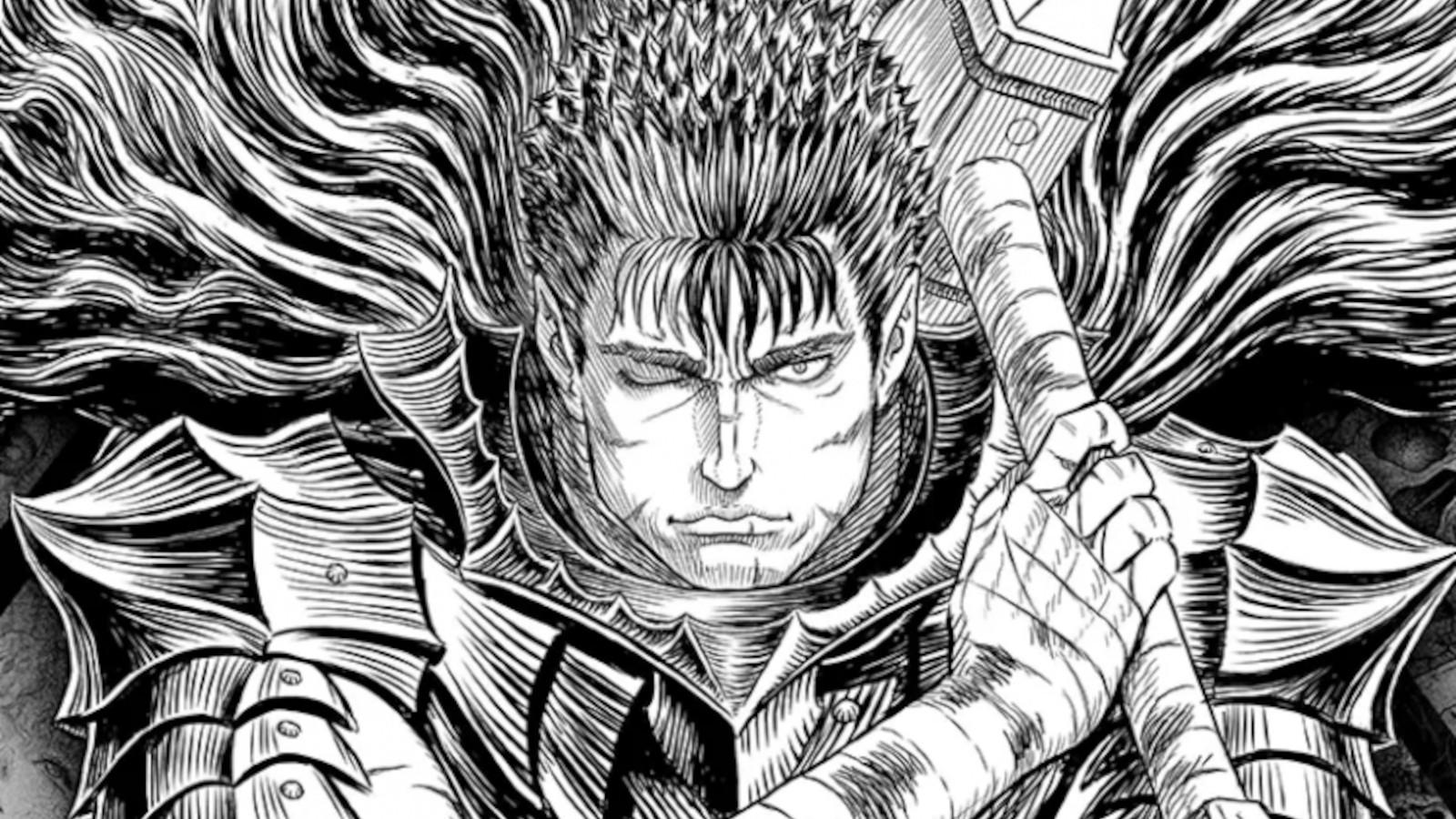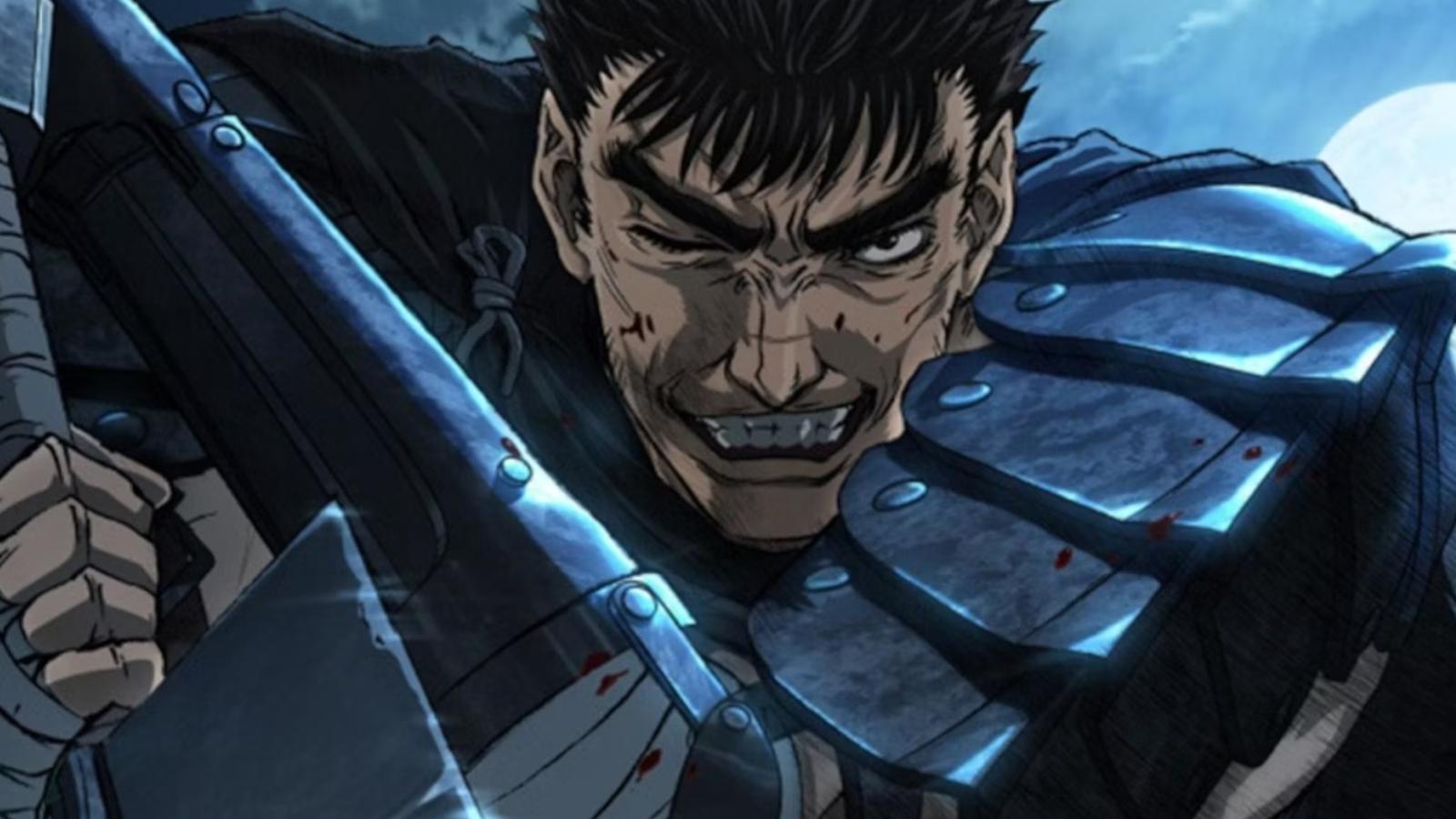Beginner’s guide to anime: Shonen, genres & more explained
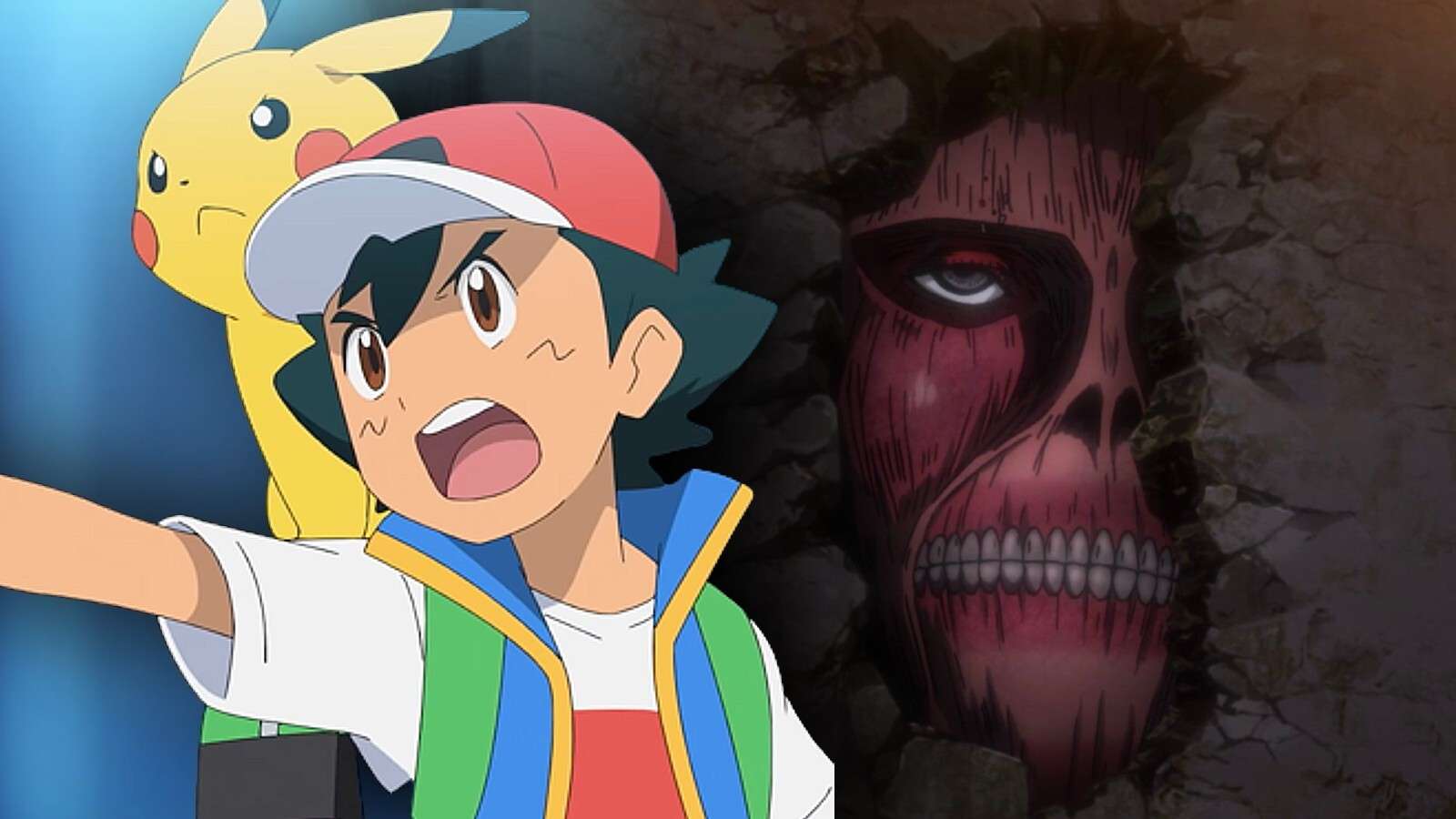 The Pokemon Company/Crunchyroll
The Pokemon Company/CrunchyrollDo you ever find yourself totally confused by terms like Kodomomuke or Isekai? Well don’t worry, you’re not alone! Here’s a guide to everything you need to know about anime.
Even seasoned anime fans sometimes struggle to get to grips with all the terms in this world.
To help you navigate the rich universe of Japanese animation and discover your favorite genres, here’s a comprehensive guide that breaks down the key terms and types of anime.
Whether you’re a seasoned watcher who wants to brush up on your lexicon or just starting your anime journey, this guide has something for you. So, let’s begin.
Contents
- What is anime?
- What are the main types of anime?
- Genres of anime explained
What is anime?
If you’ve gotten this far, you’ll likely already know what anime is and are eager to begin.
However, if you don’t know (or would like to brush up on your knowledge), anime is essentially a type of animated movie and/or TV show originating from Japan. These works are often adapted from manga (a style of Japanese comic book and graphic novel), but can also be based on other source material like video games.
What are the main types of anime?
Anime and manga are usually classified into five categories based on their target audience. Let’s take a closer look at each type:
Kodomomuke
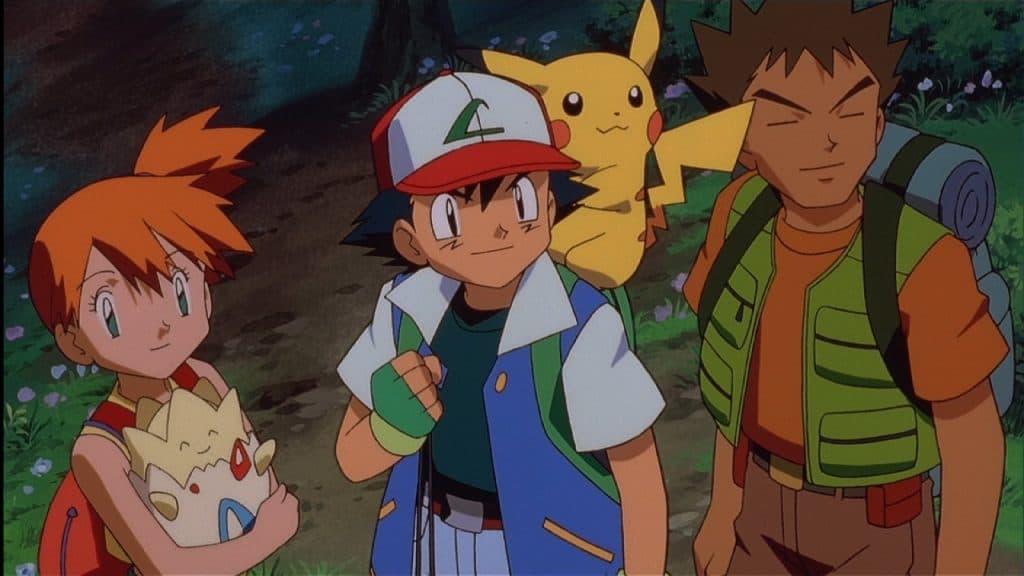 The Pokemon Company
The Pokemon CompanyFirst up is Kodomomuke, a type of anime created for children under the age of 12.
This type of anime usually features simple stories with an educational message for younger fans and colourful animation. Even if you didn’t know it, most people have already enjoyed popular Kodomomuke anime series like Pokémon and Beyblade.
Shonen
 Crunchyroll
CrunchyrollShonen or Shounen anime typically targets teen boys aged 12 to 18, and stands out as one of the most popular among the five types. However, this category’s appeal goes beyond its intended audience.
Shonen anime encompasses various genres, including adventure, action and science fiction, but it typically centers around a male protagonist.
Popular examples of Shonen include Attack On Titan (final season airing in 2023), Demon Slayer and Jujutsu Kaisen.
Shojo
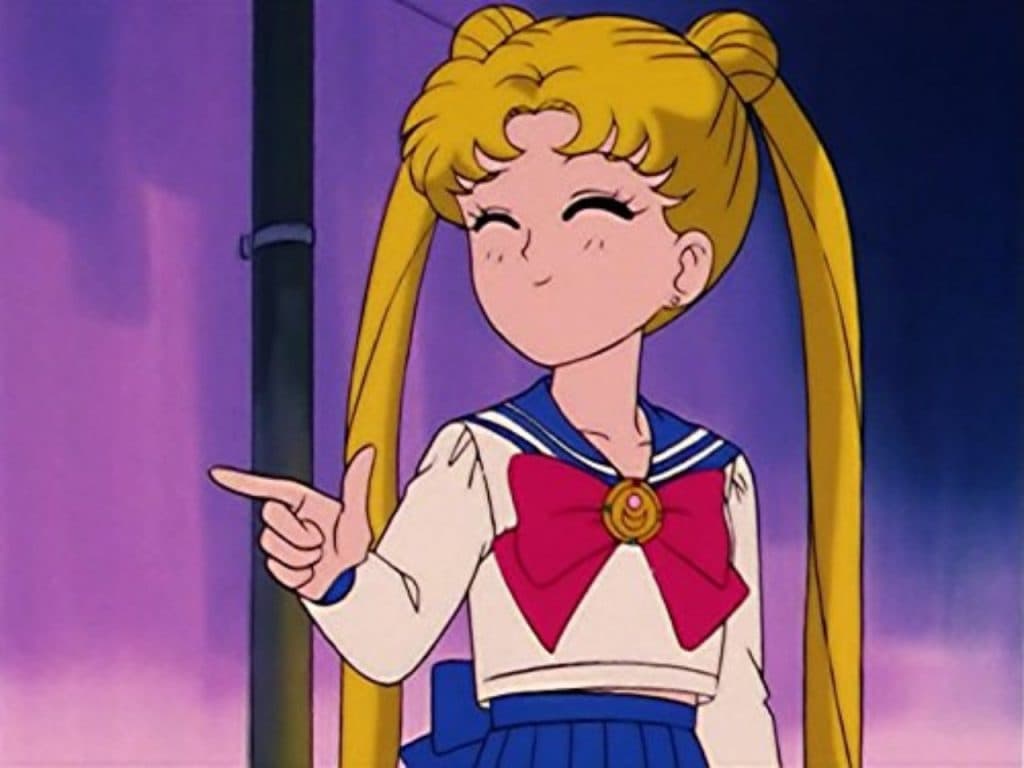 IMDB
IMDBShojo or Shoujo, literally translating to young girls, targets a female audience aged between 12 and 18. Unlike Shonen, this grouping typically has a female lead and focuses on genres like romance and drama.
The most popular Shojo anime includes Fruit Baskets, Rent-a-Girlfriend and the cultural phenomenon Sailor Moon.
Seinen
 IMDB
IMDBMoving onto more mature series, Seinen translates to youth and is designed for young men (aged 18+).
While this category builds on elements incorporated into Shonen anime, it also introduces mature themes like psychological horror, gore and violence.
Popular Seinen anime titles include Vinland Saga, Berserk, Tokyo Ghoul and (somewhat controversially among fans) One Punch Man.
Josei
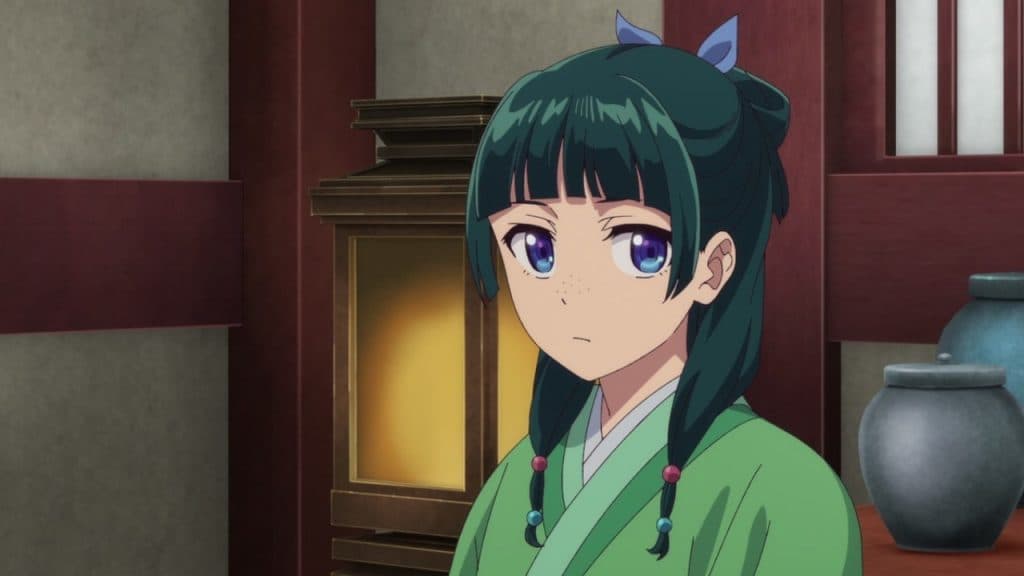 Crunchyroll
CrunchyrollThe final grouping on our list is Josei, which is Shojo’s more mature counterpart.
This type of anime targets adult women (18+), delving into their lives by exploring themes such as relationships, work challenges, and family responsibilities.
Similar to Shojo, Josei also incorporates LGBTQ+ storylines within its sub-genres, with notable examples including Gokusen (which inspired the popular live-action TV series), Kakuriyo: Bed and Breakfast for Spirits, and The Apothecary Diaries.
Anime genres explained
Now we’ve got to grips with the five main types of anime. What about the genres?
The vast world of anime spans multiple genres, including action, fantasy, comedy, sports, sci-fi and much more. Here are a few examples:
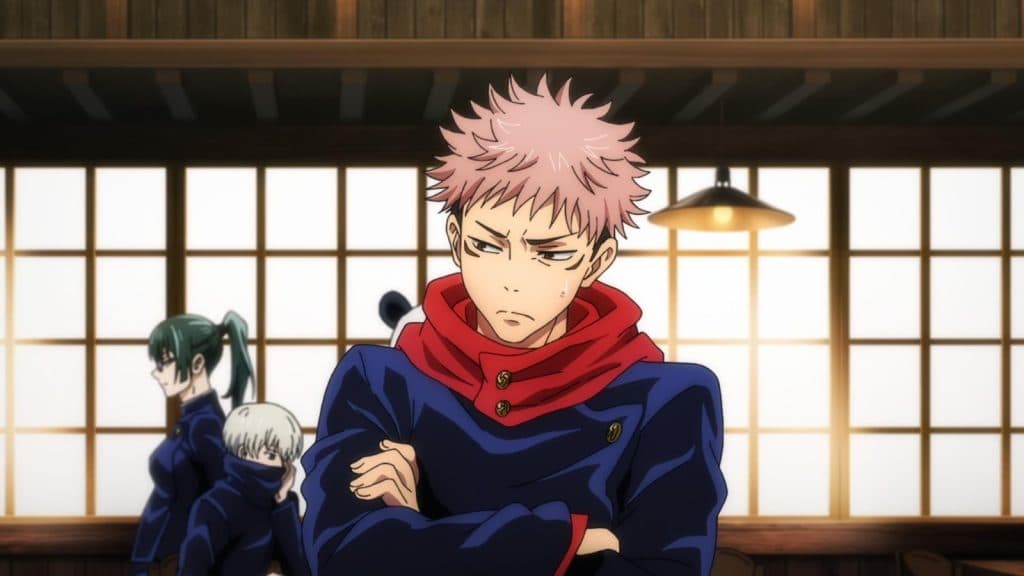 IMDB
IMDBMecha
This genre features massive robots or human-controlled machines known as mechs.
Popular anime that falls into this category include Code Geass and Ghost in the Shell.
Slice of Life
Anime in this category depicts the daily lives of characters and the drama that unfolds around them.
Notable examples include Yuru Camp and Kotaro Lives Alone.
Mahou Shoujo
Also known as magical girl anime, this genre revolves around heroines with magical abilities.
This includes popular series like Little Witch Academia and Sailor Moon.
Isekai
Isekai is one of the most popular subgenres airing at the moment. In this subgenre, the main protagonist gets transported to or reborn in another world and is typically tasked with a mission to fulfill.
Series like The Rising of the Shield Hero and Netflix‘s Good Night World are popular examples in this category.
Yaoi and Yuri
Yaoi and Yuri are two separate genres with LGBTQ+ themes. The first, Yaoi depicts relationships between men (as seen in Yuri on Ice) and Yuri concentrates on relationships between women (such as in Strawberry Panic).
The highest-rated Yaoi anime of all time (according to IMDb) is Given, which aired in 2019. One of the best Yuri anime is Maria-Sama Ga Miteru, a two-season drama that aired in 2004 and is regarded as the blueprint for all future Yuri series.
Harem
Harem anime usually features a protagonist surrounded by multiple characters of the opposite gender. They typically have a central male character, but can also have a female for a reverse harem.
Two notable examples of this subgenre include the incredibly popular Hana Yori Dango (a romance comedy series based on a manga of the same name), which aired from 1996-97, and Ouran High School Host Club, which aired in 2006.
Ecchi
This type of anime characterizes itself through its use of light sexual themes, blending comedy, romance, and adult content for a more mature audience.
Popular anime in this genre includes the 2013 action series Kill La Kill and the 2014 mini-series No Game, No Life.
Idol
The final anime genre on our list is Idol anime. This typically centers around male and female idol groups, which are a type of entertainment group common in Japan and Korea (think BTS).
One of the most popular series in this genre is 2018’s Zombie Land Saga, which can currently be streamed on Crunchyroll.
This ends our guide for now. Hopefully, we provided you with a comprehensive look into anime, enabling you to explore this diverse world for yourself.
Let us know if there are any terms we’ve missed, and stay tuned for more updates in this ever-evolving universe.
How to watch Crunchyroll from outside your location in 2023
Crunchyroll is the world’s best hub for streaming anime, whether it’s One Piece, Attack on Titan, or Jujutsu Kaisen – and thanks to ExpressVPN, you can access the platform’s full library even if you’re outside the US.
If you’re abroad, here’s what you need to do to access Crunchyroll’s full selection – and it really is this simple:
- Sign up for ExpressVPN, which has ultra-fast servers and offers a secure, private connection wherever you are in the world.
- Connect to a location anywhere in the US. Express VPN allows you to choose from 24 different spots, from New Jersey to Santa Monica.
- Visit Crunchyroll online and start streaming all of your favorite animes – and perhaps some you’ve never watched.
Accessing Crunchyroll’s US roster makes a difference. For example, Hong Kong users only have access to less than 100 titles, while the US has nearly 1,000 movies and TV shows.
You can also stream anime on Crunchyroll for free with an ad-supported plan. Or you can pay for a subscription – there’s even a 14-day free trial if you can’t quite make up your mind.
You can check out our other anime coverage here.
Please note that if you click on a product link on this page we may earn a small affiliate commission.

